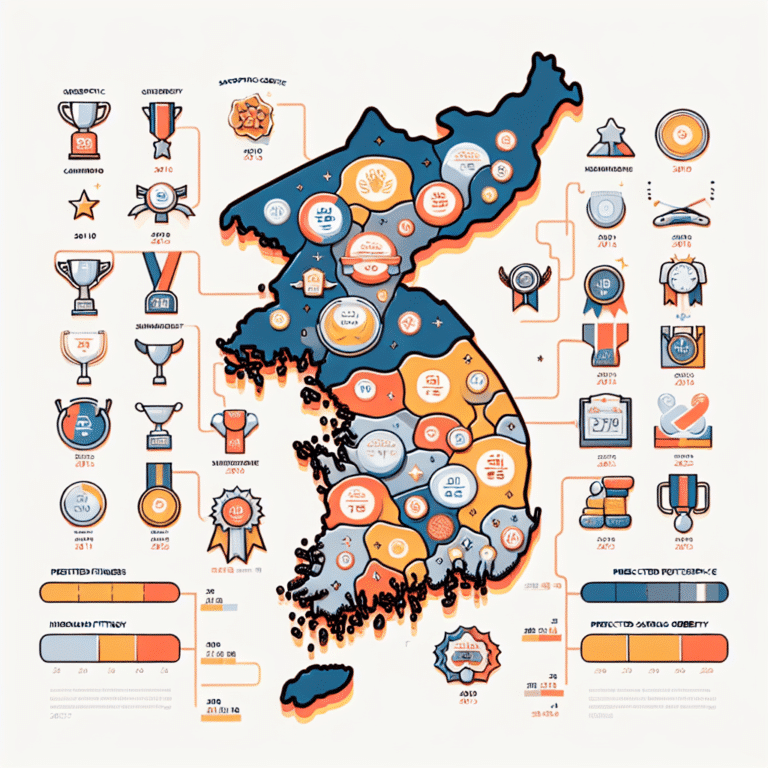Summary
- The study analyzed the relationship between various physical fitness measurements and the ASM/BW ratio, finding correlations with factors such as body fat, grip strength, and BMI.
- Hyperparameter tuning was conducted to optimize a neural network model for predicting possible sarcopenic obesity, resulting in a validation accuracy of 0.931.
- Sequential deep learning analysis using a fivefold cross-validation approach showed an average accuracy of 0.931, with fold 1 being the best performing model.
- The best optimized sequential neural network model achieved an accuracy of 0.931, with BF, absolute grip strength, and sit-and-reach being identified as the most important features in predicting possible sarcopenic obesity.
- The study concluded that body fat percentage and physical fitness measurements play a significant role in predicting possible sarcopenic obesity, with recommendations for further research in this area.
A recent study published in a scientific journal has highlighted the importance of certain factors in predicting sarcopenic obesity (SO) among individuals. SO is a condition characterized by the combination of low muscle mass and high body fat, which can lead to serious health complications.
The study found that body fat percentage (BF) and absolute grip strength were the most influential features in predicting the likelihood of SO. Higher BF was associated with a stronger positive impact on the model’s output, indicating a higher risk of SO. Additionally, lower levels of absolute grip strength were also linked to an increased risk of SO.
Flexibility, as measured by sit-and-reach, was identified as another important factor in the prediction of SO. Individuals with higher BF levels tended to have higher values for sit-and-reach, suggesting an interaction between body fat and flexibility in influencing the risk of SO.
The study, which utilized advanced predictive modeling techniques, also highlighted the importance of hyperparameter tuning in improving the accuracy of predictions. By optimizing key parameters in the neural network model, the researchers were able to achieve a high level of accuracy in predicting SO.
These findings have significant implications for healthcare professionals working with individuals at risk of developing SO. By focusing on factors such as body fat percentage, grip strength, and flexibility, healthcare providers can better assess and monitor patients for the early detection of sarcopenic obesity.
The study underscores the importance of a comprehensive approach to assessing and managing SO, emphasizing the need for targeted interventions to prevent the progression of this complex condition. By identifying and addressing key risk factors, healthcare professionals can help individuals maintain optimal muscle health and overall well-being.
InternalMedicine, Endocrinology, Nutrition, DataAnalysis, FitnessAward, NeuralNetwork, SarcopenicObesity, PredictionModel


